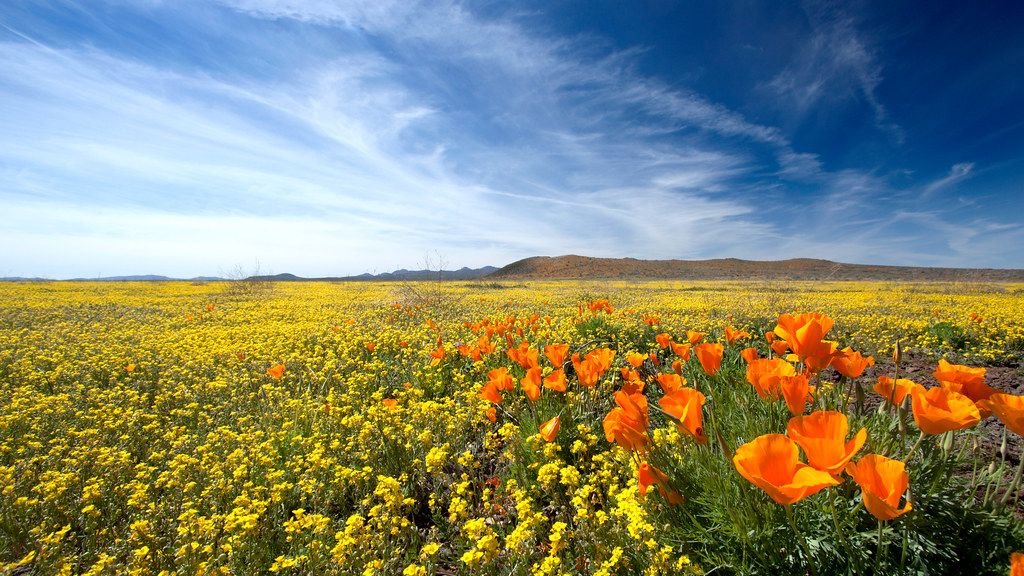The rains came like a gift from heaven this year. Across America, dramatic downpours and atmospheric river storms have awakened something magical in the ground beneath our feet. Seeds that lay dormant for years suddenly burst to life, creating magnificent displays that left botanists speechless and pollinators dancing with joy.
Nature has its own way of keeping score, honestly. After years of drought and extreme heat, the 2024 wildflower season became one of those rare “banner years” that experts dream about. From desert superblooms to mountain meadows painted purple, here are the states where wildflowers truly exploded after heavy rains turned ordinary landscapes into botanical wonderlands.
California – Desert Superblooms Paint the Landscape
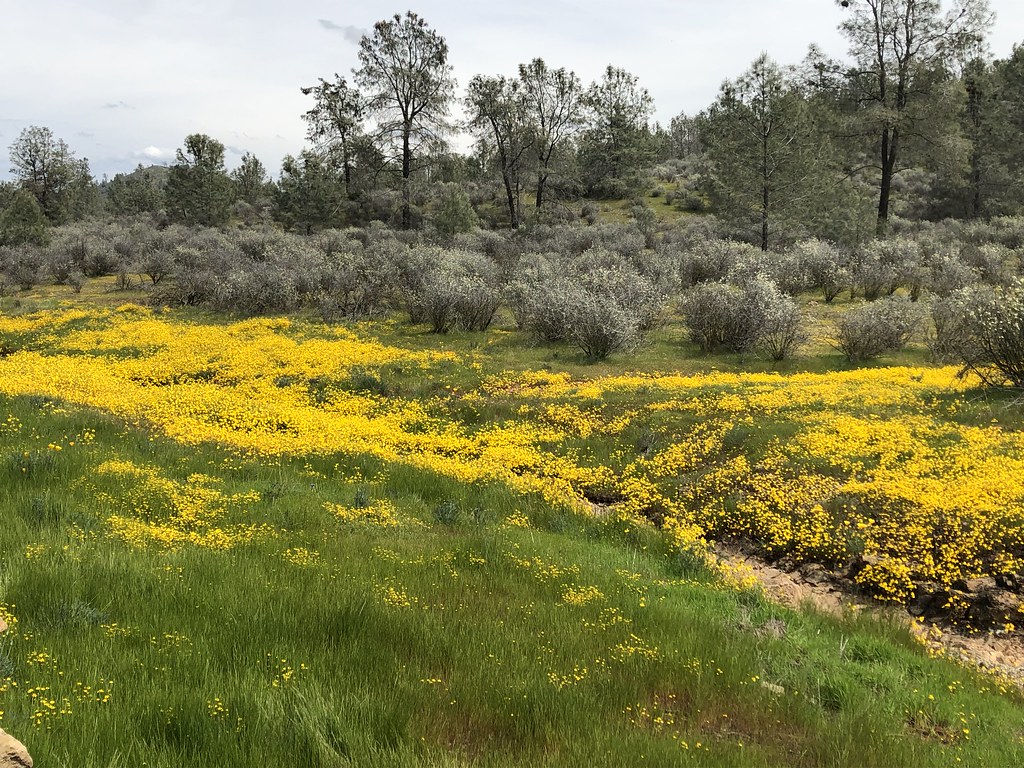
California witnessed one of its most spectacular wildflower displays in recent memory. Wildflowers need plenty of water to bloom en masse, and this winter delivered after a series of atmospheric river-fueled storms with soaking rain to the Southern California deserts. Wildflower blooms in California’s Anza-Borrego Desert State Park, about 50 miles south of Palm Springs, have already begun to paint the normally tan, dry landscape with vivid purples, yellows, greens and whites.
The spectacle extended far beyond just one park. Blooms are also underway in Chino Hills State Park, outside of Anaheim, and Tule Elk State Natural Reserve, about 60 miles north of Santa Barbara. What made this year special was the perfect timing of winter storms combined with ideal temperature conditions.
A superbloom has no exact criteria, wildflower experts told CNN, but is thought of as a particularly vivid display of abundant wildflowers blooming all at once, a sight that is already starting to take shape. Even the California poppies, notoriously finicky about conditions, responded magnificently to the atmospheric river storms that soaked the region.
Texas – Banner Year for Bluebonnets and Beyond
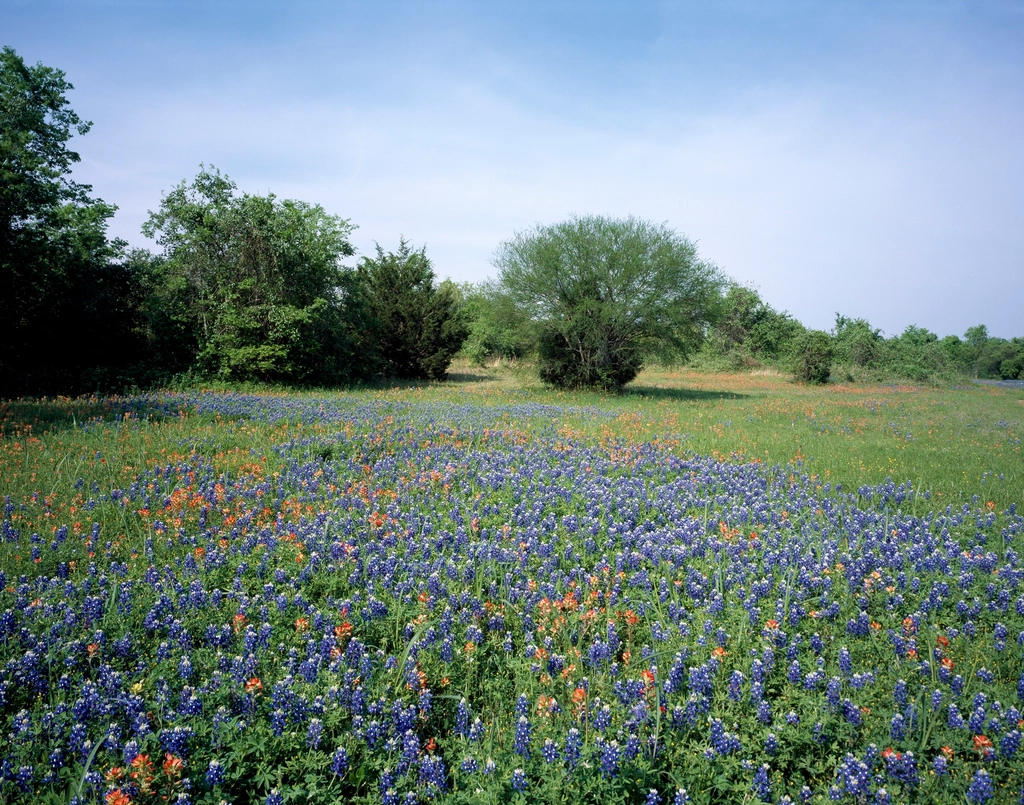
The Lone Star State experienced what experts called an extraordinary wildflower season. Wildflower seasons can vary dramatically based on weather conditions, with the UT Austin Lady Bird Johnson Wildflower Center regularly providing forecasts for bluebonnet displays across Texas.
The magic formula combined recent winter rains with an unexpected ally. When we have extreme weather the prior summer, we see some plant mortality, which reduces competition in the soil and creates space for spring blooming wildflowers,” said Matt O’Toole, director of land management for the Lady Bird Johnson Wildflower Center. This created perfect conditions for the famous Texas bluebonnets to flourish alongside Indian blankets and paintbrushes.
Throughout Texas Hill Country, highways transformed into natural art galleries. Fields that were brown and parched just months before became carpets of blue, red, and gold that stretched as far as the eye could see.
Arizona – Sonoran Desert Comes Alive
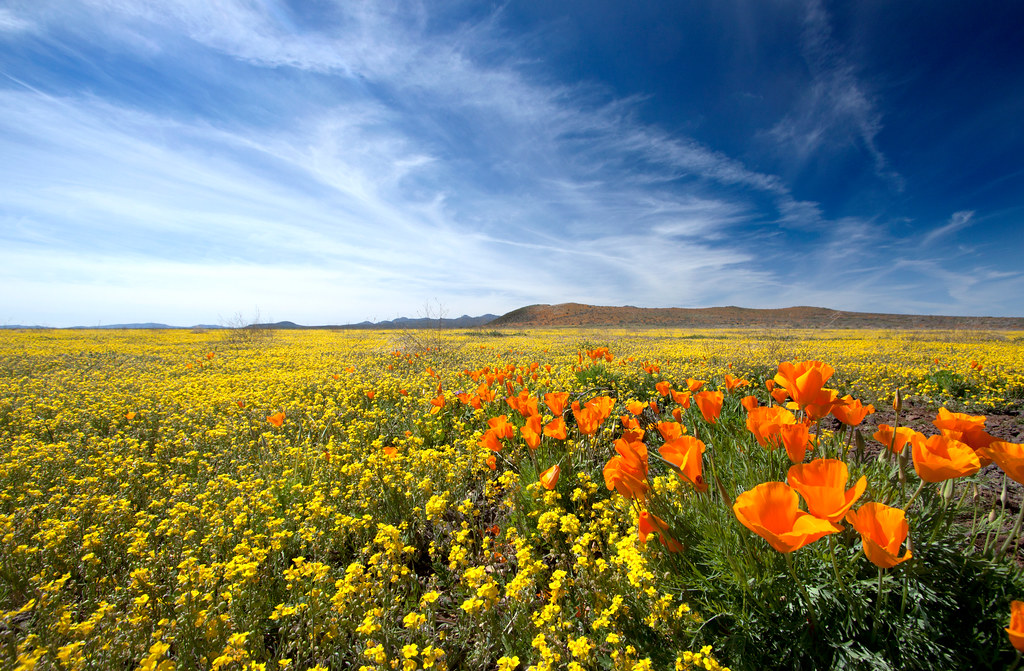
The Arizona desert surprised everyone with its resilience and beauty after receiving crucial winter precipitation. The key factor influencing whether wildflowers will bloom in abundance is the amount of rain that falls in the winter and early spring months. Hopefully we will see a couple (at least 3 or 4) of strong winter storms systems moving in from the Pacific coast over the next few months in 2025 that linger and provide a significant drenching to the currently parched desert environment here in the Phoenix area.
Though Arizona faced challenges with dry conditions in some areas, where rain did fall, the response was dramatic. Desert marigolds, brittlebush, and ghost plants erupted from seemingly barren soil. The contrast was stunning – one day you’d see brown dirt, and within weeks, brilliant yellow and purple blooms covered entire hillsides.
The Sonoran Desert’s unique ecosystem means that even small amounts of moisture can trigger massive blooming events, as seeds that have waited patiently for years finally get their chance to shine.
North Carolina – Mountain and Coastal Blooms
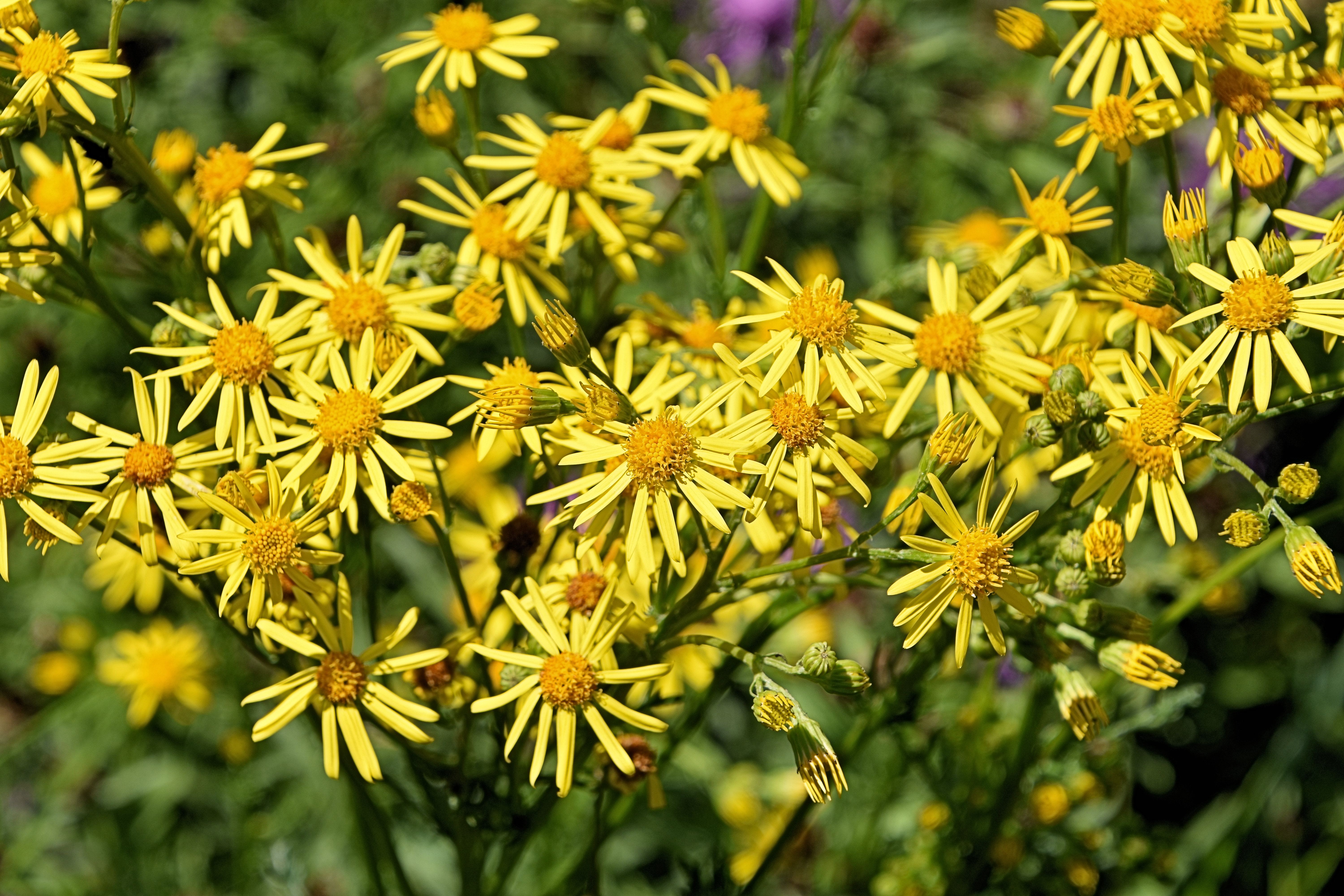
North Carolina is blessed with a rich variety of native wildflowers that enhance its landscapes. Notable examples include the vibrant Eastern Bluebell (Mertensia virginica), which brings bursts of blue to woodland areas in spring; the striking Cardinal Flower (Lobelia cardinalis), known for its brilliant red blooms that attract hummingbirds; and the charming Carolina Phlox (Phlox carolina), which adds lovely pink and lavender hues to gardens.
The state’s diverse geography means wildflowers bloom at different elevations and times throughout the year. From the coastal plains to the Appalachian Mountains, North Carolina experienced remarkable displays after winter storms provided the moisture native plants desperately needed.
The Cardinal Flowers were particularly spectacular this year, their brilliant red blooms creating ribbons of color along stream banks and wetland edges. These native beauties don’t just look good – they’re essential food sources for migrating hummingbirds.
Colorado – Alpine Meadows Burst with Color
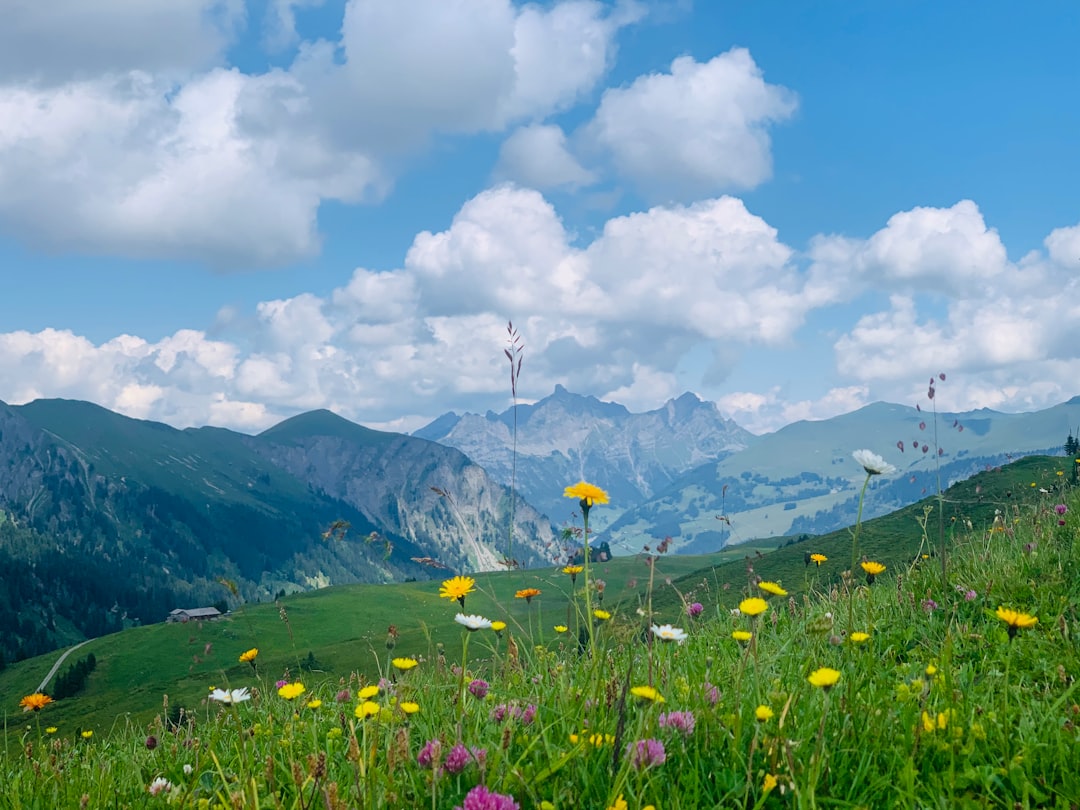
High in the Rocky Mountains, Colorado’s wildflower season extended well beyond normal expectations. Colorado is known for its alpine wildflowers, including the Blue Columbine (Aquilegia coerulea), the state flower, found in high mountain meadows. Red Giant Indian Paintbrush (Castilleja miniata) and Skyrocket (Ipomopsis aggregata) add striking reds to the mountainous landscape, while the Rocky Mountain Penstemon (Penstemon strictus) provides vibrant purple blooms.
Unlike California and Texas, in the western, mountainous state of Colorado, wildflowers thrive during the summer. Blooms begin in April, with peak season taking place June through August. The extended moisture from winter snowpack and spring rains created perfect conditions for mountain wildflowers to flourish throughout the summer months.
Crested Butte lived up to its reputation as the “Wildflower Capital of Colorado,” with lupines creating seas of blue across high mountain meadows. The state’s diverse elevation zones meant visitors could follow the blooms upward as the season progressed.
Florida – Native Blooms Support Pollinators
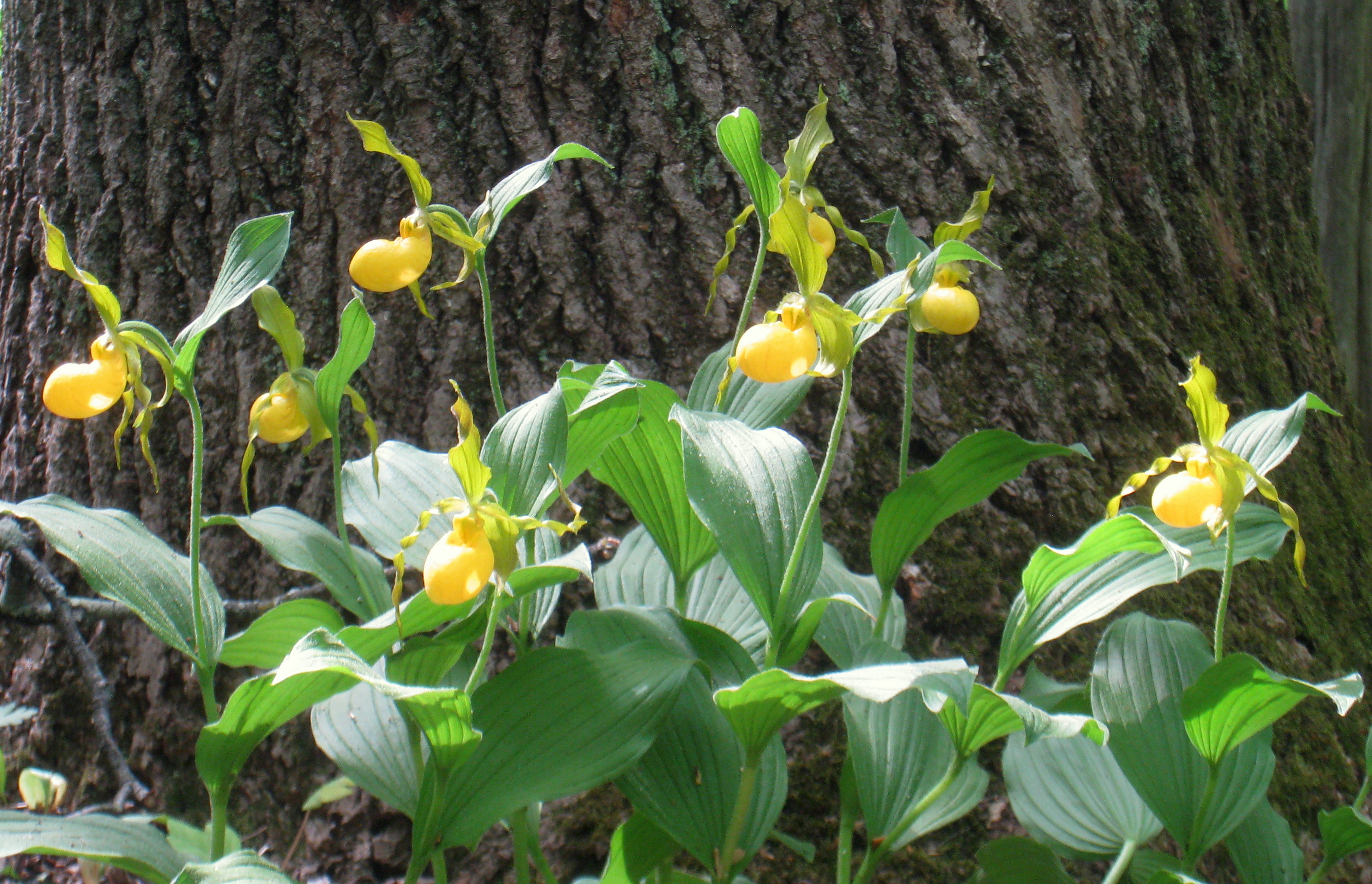
Florida’s unique climate allows for year-round wildflower displays, but heavy rains created exceptional conditions for native species. Coreopsis, also known as tickseed, is Florida’s state wildflower. These bright, yellow flowers are a favorite among native bees and butterflies. Coreopsis blooms from spring through fall, providing a long-lasting nectar source.
Blanket Flower, also known as Firewheel, can be found throughout Florida in dry, sandy soils and sunny conditions. It is also a hardy perennial and is known for its long blooming period from spring to fall. The red and yellow blooms are a perfect pollinator attractant, particularly bees and butterflies.
The state’s native wildflowers proved their worth as pollinator magnets. Purple coneflowers, which have limited natural distribution in Florida, showed remarkable resilience where they occurred, attracting bees, butterflies, and even hummingbirds to their striking blooms.
Virginia – Native Pollinator Gardens Flourish
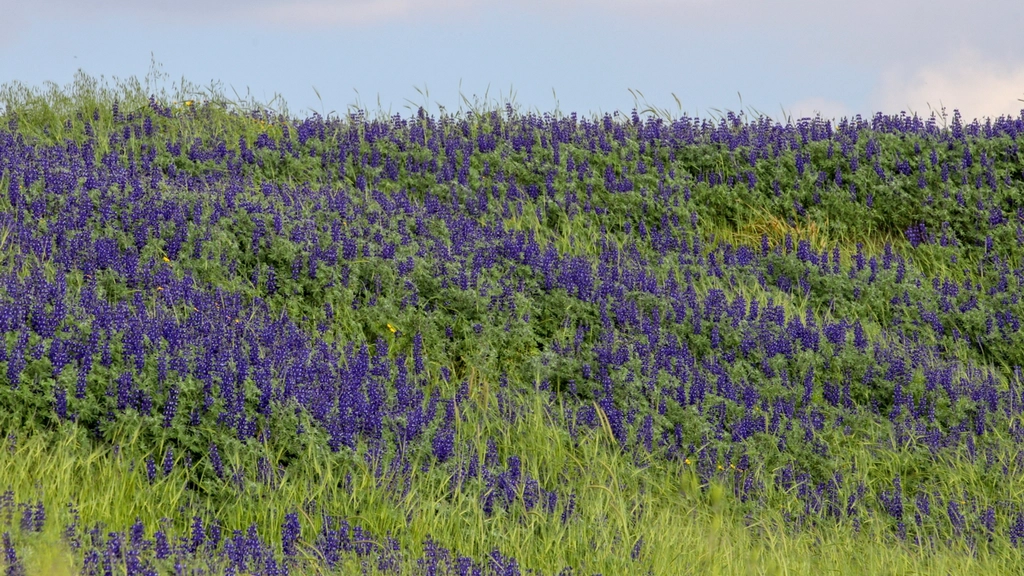
Virginia’s commitment to native wildflowers paid off dramatically in 2024. This seed packet contains eight native Virginia wildflowers species that support pollinators and other wildlife like songbirds. Properly established and maintained they will provide you with years of enjoyment. The state’s native plant initiative showed remarkable results as established wildflower meadows exploded with color.
This mix will bloom from spring through fall once established. Virginia’s wildflower gardens provided crucial habitat during peak migration periods, supporting everything from monarch butterflies to native bees. The extended blooming season meant pollinators had resources available throughout their active period.
Conservation efforts across Virginia created corridors of native wildflowers that supported wildlife movement and provided essential ecosystem services. These plantings proved that native species are not only beautiful but also incredibly resilient when given proper conditions.
Montana – High Plains and Mountain Valleys
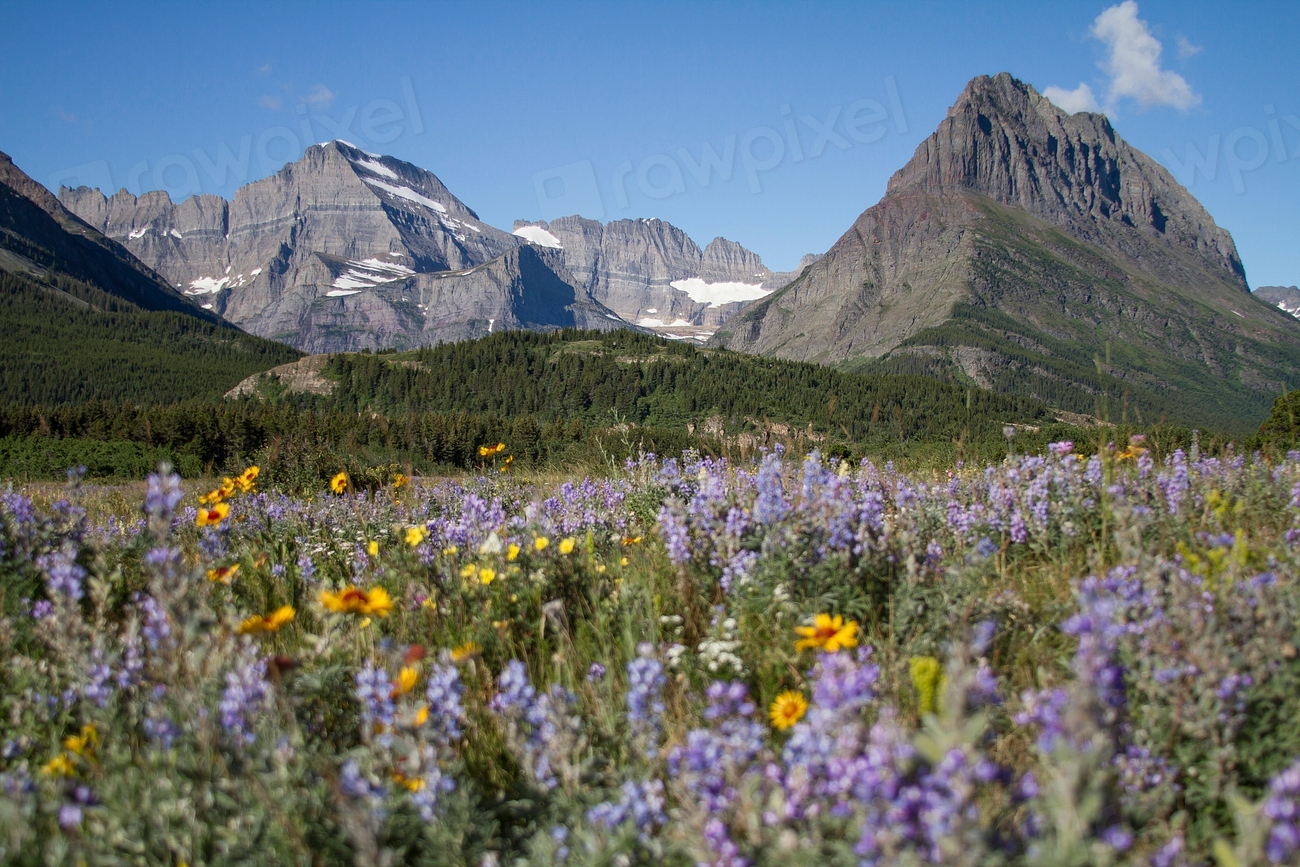
States: Arizona, Colorado, Idaho, Montana, Nevada, New Mexico, Utah, and Wyoming · Planting Season: Late spring (May-June) or fall for lower elevations · Key Considerations: High elevations often mean harsher conditions, so plant once the frost risk has passed. Montana’s challenging growing conditions make successful wildflower displays all the more remarkable.
The state’s vast landscapes came alive with native prairie flowers and mountain species. From glacier lilies in the high country to prairie coneflowers on the plains, Montana showed off its remarkable botanical diversity. The contrast between the rugged landscape and delicate wildflower blooms created some of the most photographed scenes in the West.
Native grass prairies mixed with wildflower stands created habitat mosaics that supported both resident and migratory wildlife. These displays proved that even in harsh climates, native wildflowers can create spectacular shows when conditions align.
Oregon – Pacific Coast to Cascade Mountains
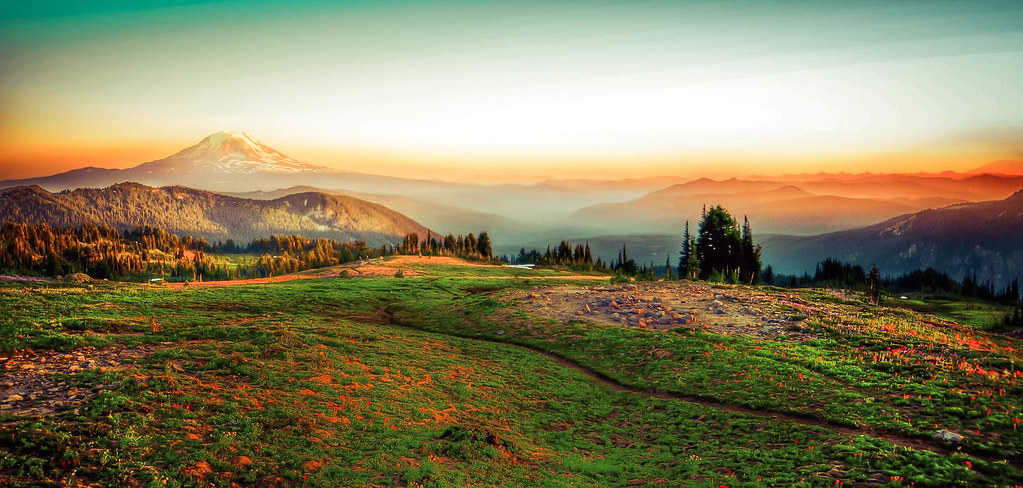
Oregon’s diverse ecosystems supported wildflower displays from coastal bluffs to alpine meadows. The state’s commitment to native plant conservation paid off as established wildflower corridors responded magnificently to adequate winter precipitation.
Coastal areas featured brilliant displays of native iris, lupine, and paintbrush, while inland valleys burst with camas and other prairie species. The Cascade Mountains provided stunning backdrops for alpine wildflower meadows that seemed to stretch forever.
Oregon’s wildflower trails became destinations for photographers and nature lovers alike. The state’s network of parks and preserves showcased how proper habitat management can create incredible wildflower displays year after year.
Nevada – Desert Surprises in Silver State
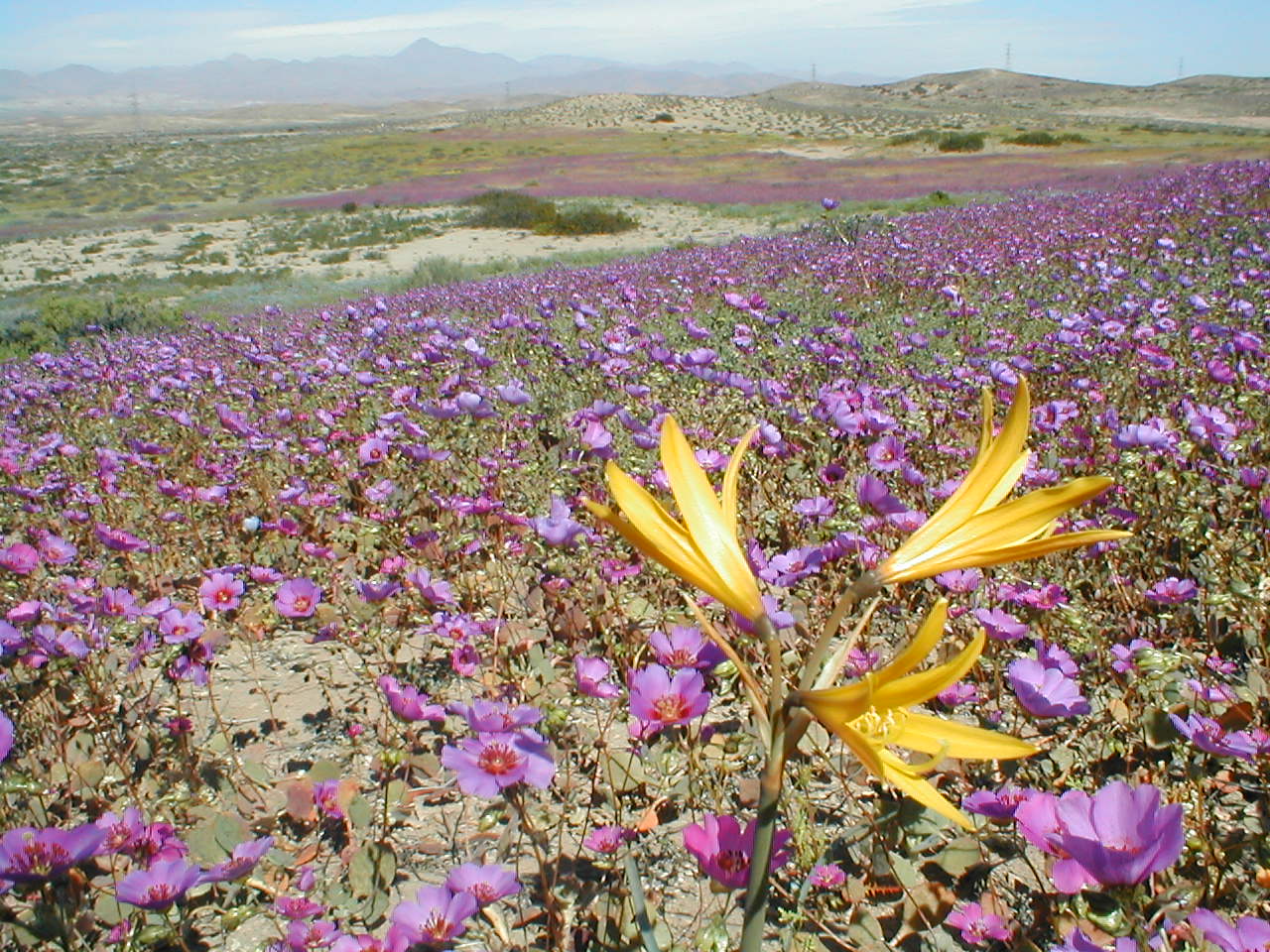
Nevada’s harsh desert climate makes wildflower displays particularly precious and surprising. When winter rains did arrive, the response from dormant seeds was nothing short of magical. Desert marigolds, ghost plants, and evening primroses transformed seemingly barren landscapes into colorful tapestries.
The Silver State’s wildflowers adapted perfectly to boom-and-bust cycles, with seeds waiting patiently through drought years for the perfect combination of moisture and temperature. When conditions aligned, entire valley floors became carpeted with blooms that could be seen for miles.
Nevada’s wildflower displays reminded visitors that desert ecosystems are far from barren – they’re simply waiting for their moment to shine. The contrast between rugged mountains and delicate flower petals created some of the most stunning landscape photography opportunities in the Southwest.
Conclusion
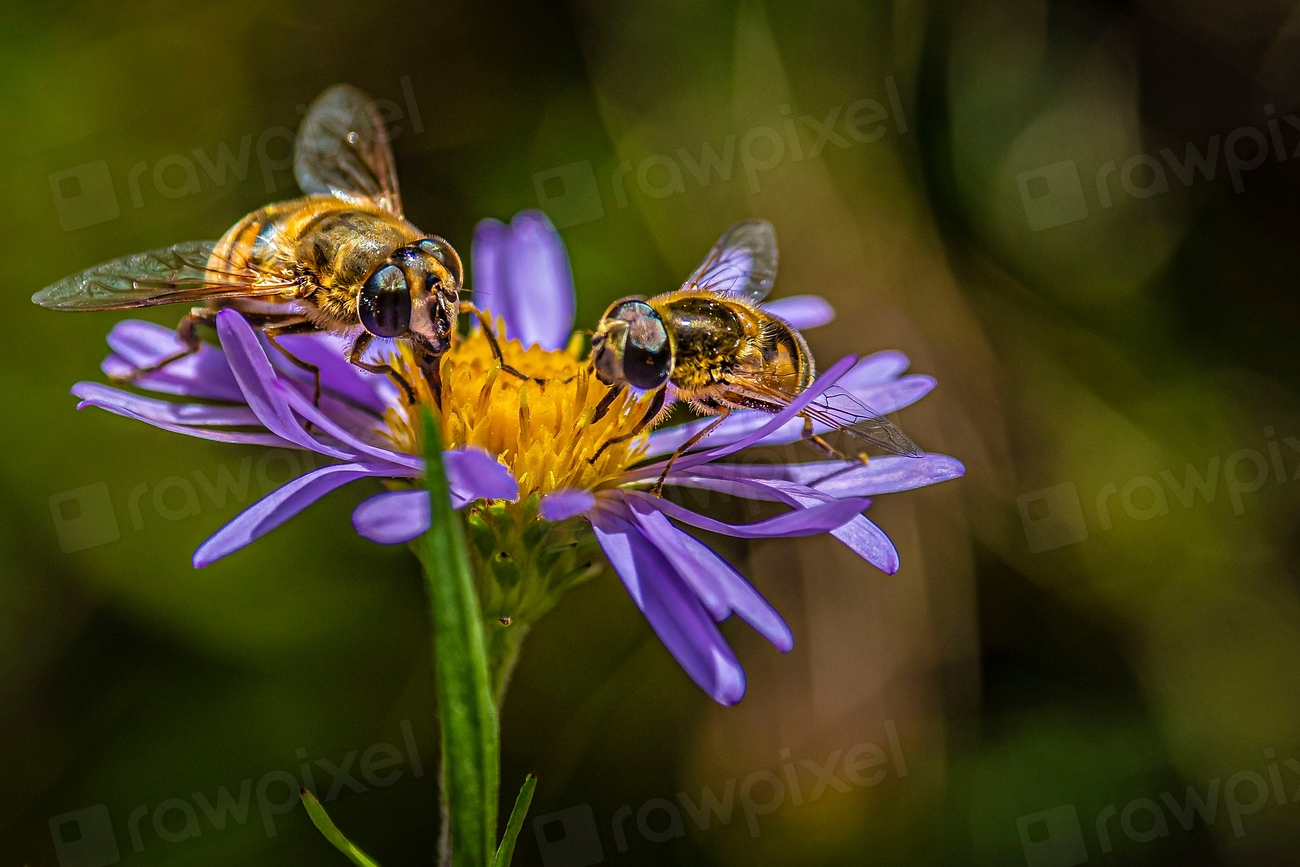
Exceptional wildflower seasons prove that nature always finds a way to surprise us. But also, they’re really important to pollinators as well. And as we know, pollinators are really at high risk with respect to climate change and other land use changes. And wildflowers provide really important pollen and nectar sources for them. These spectacular displays weren’t just beautiful – they were lifelines for struggling pollinator populations across the country.
What made this year so special was the perfect storm of conditions: drought-stressed landscapes that reduced competition, followed by well-timed precipitation that triggered mass germination events. From California’s desert superblooms to Texas bluebonnet carpets, nature reminded us why patience and hope matter. Seeds can wait years for their perfect moment, and when it comes, the results are nothing short of magical.
What’s your favorite wildflower memory from this incredible year? The sight of these blooms dancing in the breeze while busy bees and butterflies worked their magic – it’s something that stays with you long after the petals have fallen.

